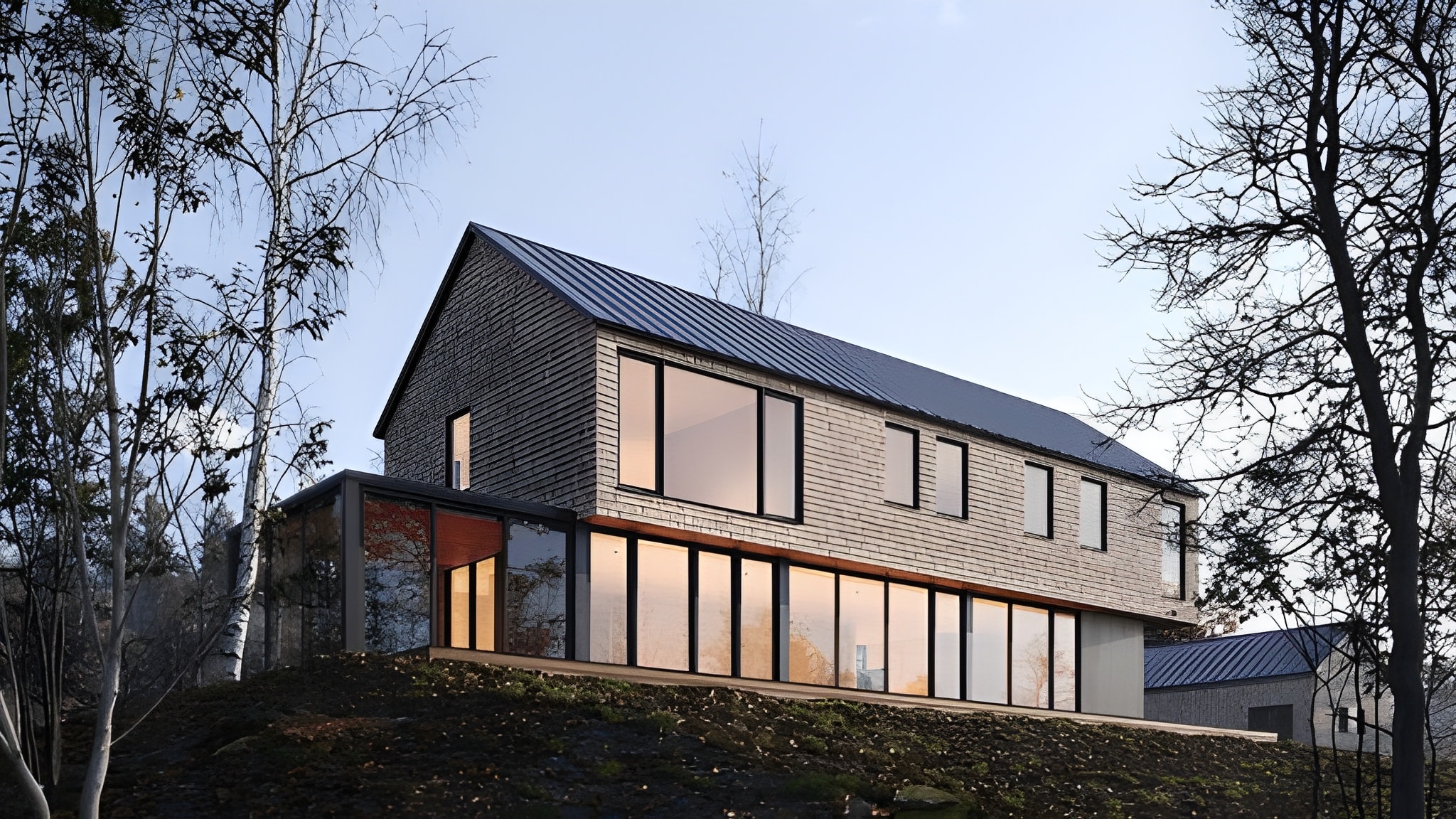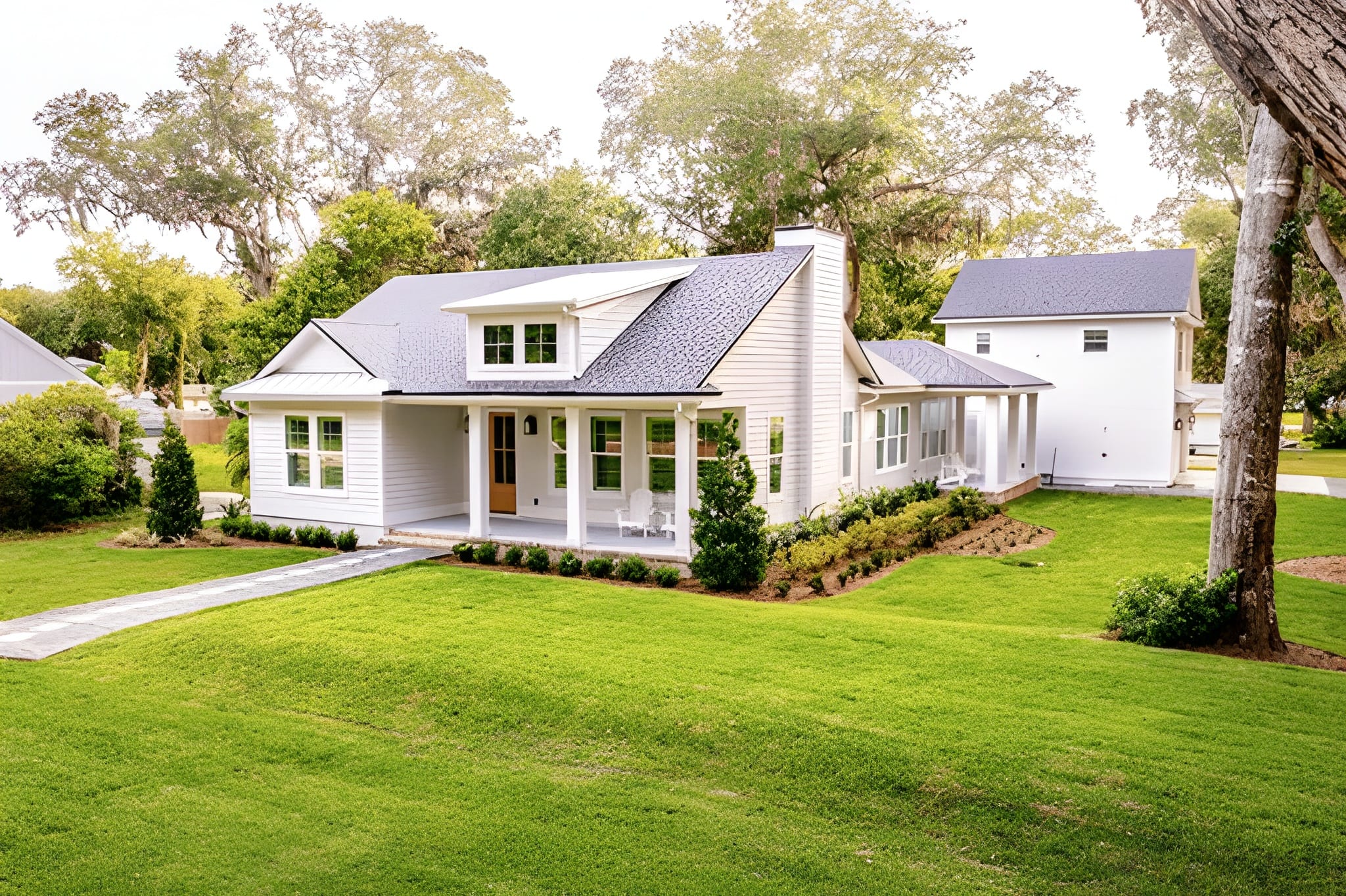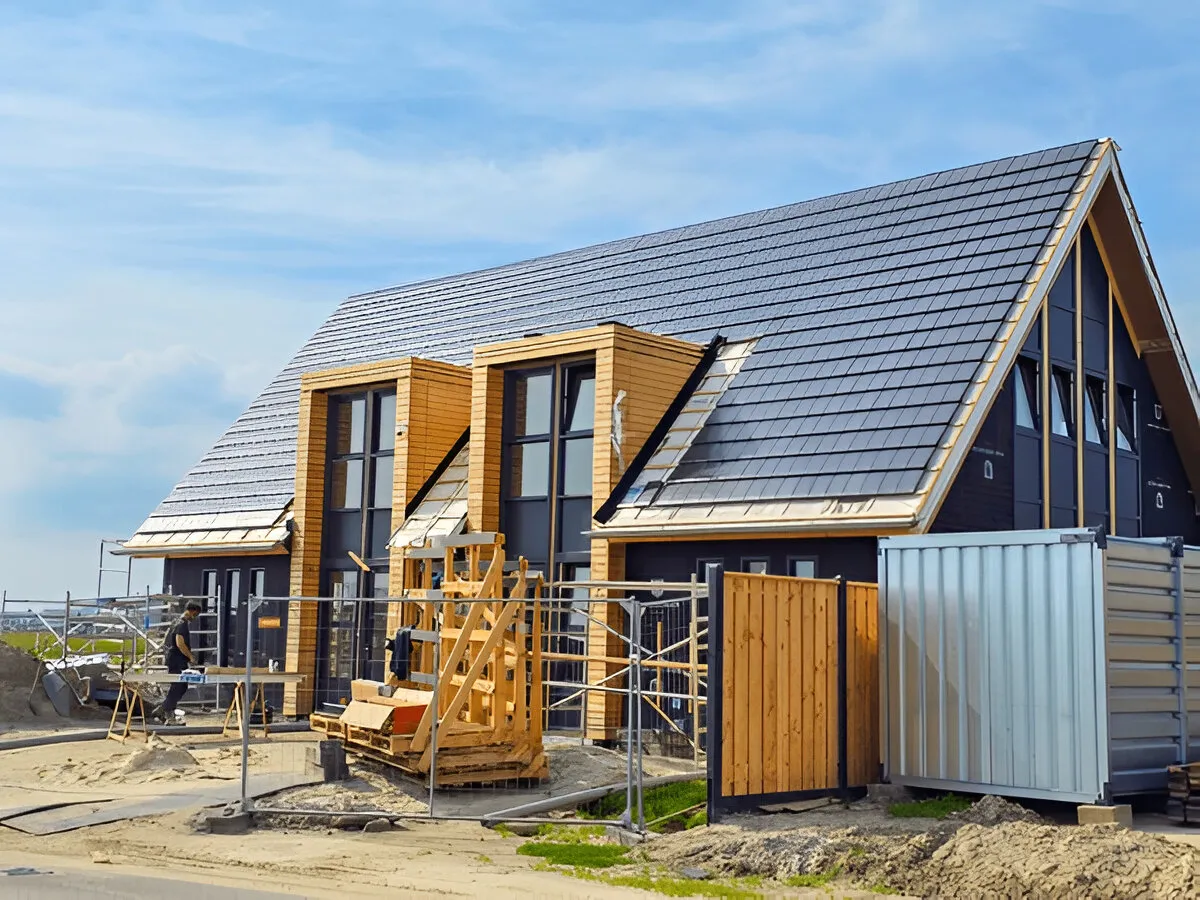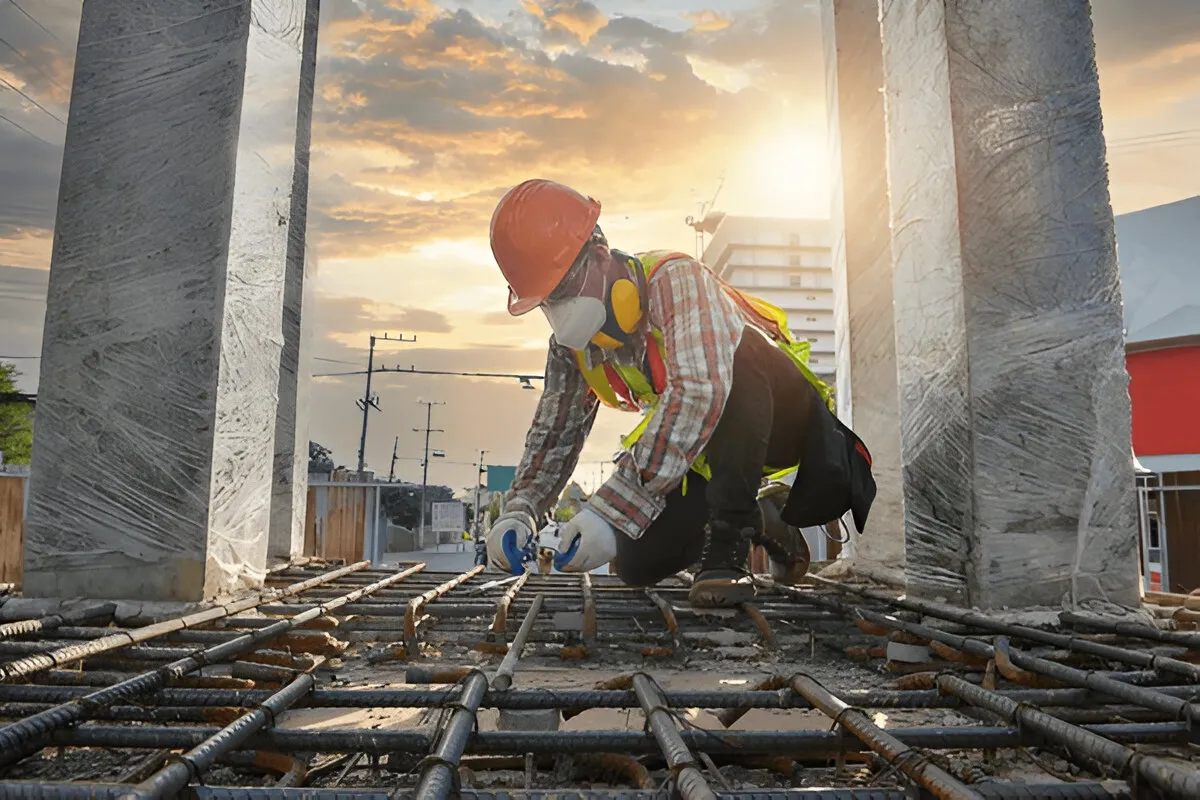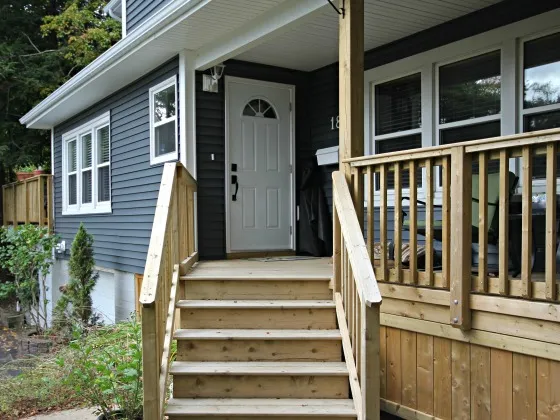Have you ever thought of wainscoting your kitchen? Many designers and homeowners prefer the wooden panels used in wainscoting for their ability to make the kitchen more buttoned up. The decorative wall trim does not look like the normal home decor.
Wainscoting started in the 18th century where it was used as a wall covering to help in room insulation. It was also used to provide surfaces that are more durable. Currently, wainscoting is mainly used for decoration purposes. It brings out a wall accent that makes rooms more appealing and rises that chair-rail level.
Unlike olden days when it was made of wood, nowadays wainscoting is made using a variety of materials. The outstanding feature in wainscoting is that it is installed on lower wall portions. In this article, we will discuss the pros, cons and coat of wainscoting.
Pros
- Besides being classic and timeless, wainscoting can also be used in many ways irrespective of the aesthetics of your interior decor and architectural style. The architectural style of a home creates the first impression to any visitor. Wainscoting highlights architectural features of your home adding to the aesthetics of the interior decor too. Also, wainscoting adds depth and visual interest and makes your home a beautiful place to live in.
- Wainscoting can be used as a decorative panel and allows one to choose from the many designs available in the market. The pattern and visual contrast creates by wainscoting makes it attractive to people. Also, the many wainscoting styles available today can suit all architectural styles and interior decor. Wainscoting enhances a room without interfering with the existing space.
- Wainscoting can be used to cover damaged walls in an appealing and unique way. Also, it prevents your wall from getting damaged. Scuffs and dents from doorknobs, chairs and people are all prevented.
- Wainscoting improves the energy efficiency of a home since it provides insulation.
Cons
- Most materials used to wainscot are not waterproof. Wood, for instance, rots. When in contact with water, the wainscot starts showing rot on the wood. Once the rot is in place, the panel has to be replaced or sanded depending on the damage extent.
- Occasionally, wainscoting might be installed poorly and fails to leave room for dimensional changes. Such negligence can lead to flexing of the panels, bulging and deformation.
- In dry internal conditions, wood has a tendency to lose its natural moisture. As a result, wainscoting requires regular maintenance by resupplying the moisture and sealing appropriately.
Cost
Being a design that adds both warmth and value to your space, wainscoting is a valuable investment. The cost of wainscoting varies depending on the local market conditions, size of the room, type of panel being used, substance it is made from and the height-chair-rail level or higher.
Most realtors recommend manufactured wainscoting panels since they are the most cost effective, ranging between $8 and $10 per panel. However, hardwood panels are more expensive but the price varies depending on the wood species used. For average quality, each hardwood panel costs between $12 and $20 per square foot. There are higher intricate designs and wood grades that will go for even $40 per square foot.
Installing wainscot paneling can be done by the home owner as a DIY project. However, to do this, you have to have the relevant skills in regard to measurements and chopping saw. If you do not know how to install, you can call on any skilled carpenter to help you. Labor will cost differently depending on the materials, nature of project and local conditions. An average kitchen costs $2 to $4 per square foot for labor.
Wainscoting has been in existence for a long time. Just like everything else, it has its pros and cons. Before deciding on whether to wainscot your kitchen or not, remember to always consult with constructors and ask for advice.

